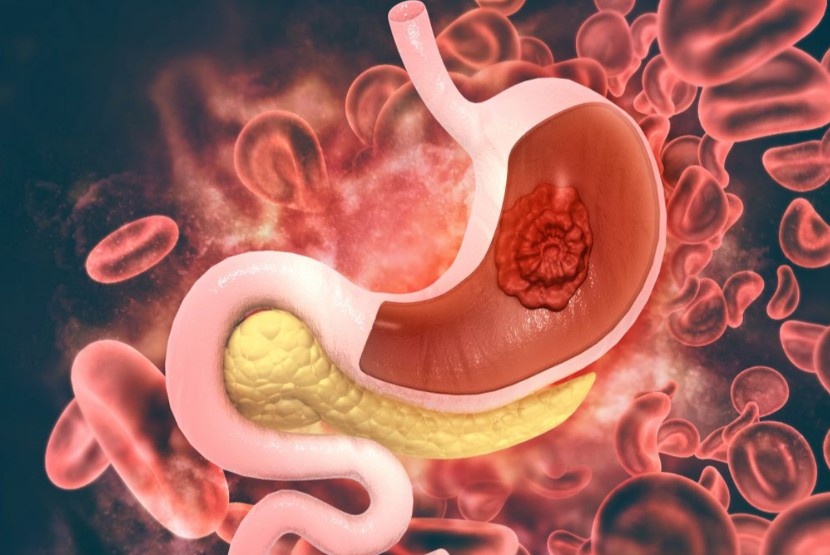Intestinal cancer remains a significant health concern worldwide, affecting millions of people each year. With its complex nature and diverse subtypes, understanding the underlying mechanisms of this disease has been a challenging endeavor for researchers. Thankfully, the use of mouse models has revolutionized our understanding of intestinal cancer, providing invaluable insights into its development, progression, and potential treatment strategies. In this article, we delve into the world of mouse models and explore how they have become indispensable tools in the fight against intestinal cancer.
Mouse Models: A Powerful Research Tool
Mouse models have long been a cornerstone of biomedical research, enabling scientists to mimic and study human diseases in a controlled environment. When it comes to intestinal cancer, mouse models have proven to be invaluable in unraveling the intricate cellular and molecular processes that drive tumorigenesis. By introducing specific genetic alterations or carcinogens, researchers can induce the development of intestinal tumors in mice, closely mirroring the disease progression observed in humans.
Recreating Intestinal Cancer in Mice
One of the key advantages of using mouse models is the ability to recapitulate the heterogeneity of intestinal cancer. Just like in humans, mice can develop various subtypes of intestinal cancer, including adenocarcinomas, carcinoids, and lymphomas. By introducing specific genetic mutations commonly found in human tumors, researchers can generate mice with genetic predisposition to develop these specific subtypes, providing a more accurate representation of the disease.
Understanding Tumor Initiation and Progression
Mouse models have played a pivotal role in elucidating the molecular events that initiate and drive intestinal cancer. By manipulating specific genes involved in critical signaling pathways, such as Wnt, APC, and p53, researchers have been able to unravel the sequence of events leading to tumor initiation. These models have revealed the interplay between genetic and environmental factors in tumor development, helping identify potential therapeutic targets.
Unraveling the Microenvironment
The tumor microenvironment plays a crucial role in the progression and spread of intestinal cancer. Mouse models have shed light on the intricate interactions between cancer cells and their surrounding milieu, including immune cells, stromal cells, and the extracellular matrix. These models have aided in the understanding of immune evasion mechanisms employed by cancer cells, paving the way for the development of immunotherapies targeting intestinal cancer.
Evaluating Therapeutic Strategies
Mouse models have been instrumental in evaluating novel therapeutic approaches for intestinal cancer. By introducing human tumor cells into immunocompromised mice, researchers can assess the efficacy of various treatment modalities, including chemotherapy, targeted therapies, and immunotherapies. These models provide a preclinical platform for testing drug candidates, optimizing treatment regimens, and predicting potential adverse effects.
Personalized Medicine and Mouse Models
The concept of personalized medicine, tailoring treatments to individual patients, has gained significant momentum in recent years. Mouse models allow researchers to create genetically diverse cohorts that mimic the heterogeneity seen in human intestinal cancer patients. By studying these models, scientists can identify specific genetic alterations or biomarkers associated with treatment response or resistance, laying the foundation for personalized therapeutic strategies.
Overcoming Challenges and Limitations
While mouse models have been invaluable tools in intestinal cancer research, it is essential to acknowledge their limitations. Mice and humans differ in various aspects, including anatomy, physiology, and immune responses. Therefore, findings from mouse models must be interpreted with caution and validated in human studies. Additionally, the high cost and time-consuming nature of mouse model experiments pose practical challenges, necessitating the development of more efficient and cost-effective models.
Conclusion
Mouse models have revolutionized our understanding of intestinal cancer, providing critical insights into its development, progression, and potential treatments. By recreating the complexity of the disease and studying its genetic and molecular underpinnings, researchers have made significant strides towards unraveling the mysteries of intestinal cancer. As we continue to refine and improve these models, their contributions to the development of novel therapies and personalized medicine approaches hold great promise for the future. With continued dedication and collaboration, we are one step closer to overcoming the challenges posed by intestinal cancer and improving the lives of patients affected by this devastating disease.





